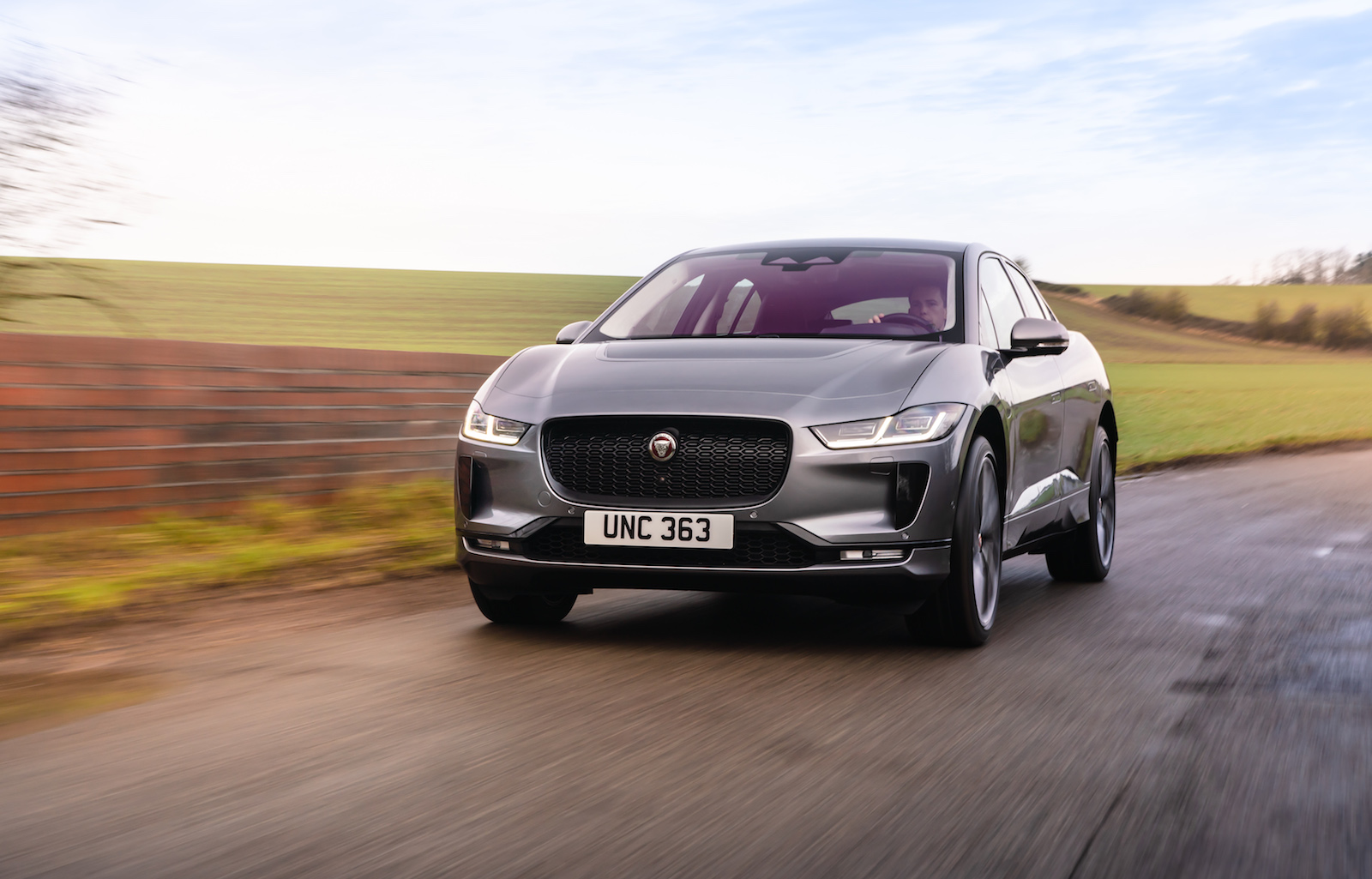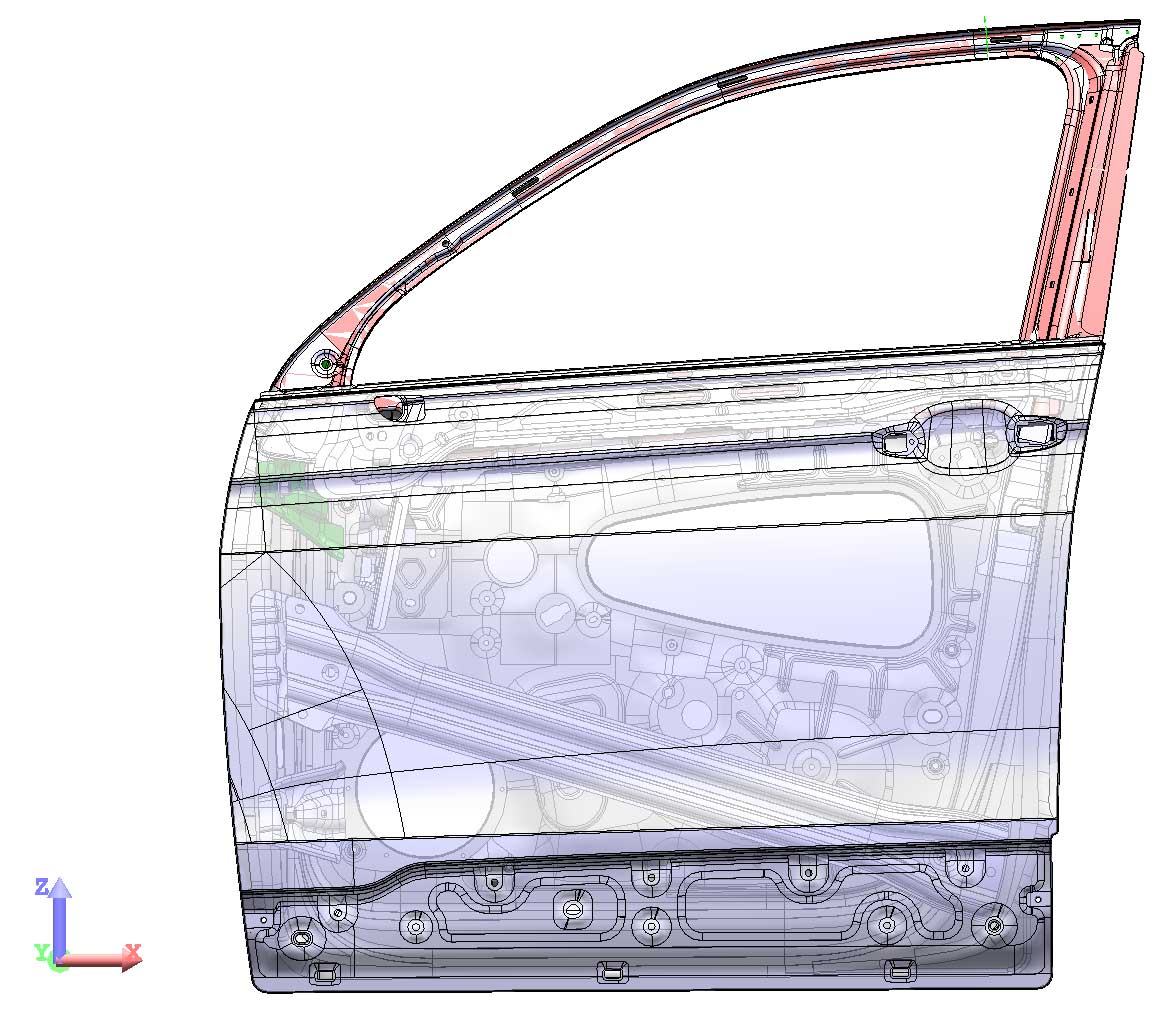By Andrea Svendsen, Managing Editor.
Alumobility is a new non-profit organization recently launched by Novelis and Constellium in January 2021. Acting as a global ecosystem, the organization fosters collaboration between leading aluminum manufacturers and downstream technology partners, with input from vehicle OEMs, in order to advance the adoption of aluminum body sheet in the automotive industry.
Novelis and Constellium are both leaders in the aluminum sheet industry, with a strong presence in automotive. Therefore, it was a natural fit for the two companies to come together and develop a new cooperation. Historically, collaboration in the aluminum industry has not been as strong as other materials suppliers, most notably the steel industry, which has been actively working to develop high-strength and ultra-high-strength steels for automotive.

“We had a pretty clear roadmap based on what the steel industry has been doing on the development of new steels across the industry and across its supply base,” said Mark White (Figure 1), executive director of Alumobility. “It seemed obvious that we should do the same thing in the aluminum industry. With OEMs currently preoccupied with new developments, such as electrification and autonomous cars, now is the right time for materials suppliers to step up and offer the latest solutions ready for implementation into the next-generation models.”

One of the driving factors for the formation of Alumobility was the automotive companies themselves, which were asking for new aluminum solutions. “It all started because our customers have been suggesting that we should do more to bring the industry together and make the adoption of aluminum easier,” said Pierre Labat, president of Alumobility and vice president, Global Automotive at Novelis (Figure 2). “Each aluminum company brings its own solution, but those solutions are not necessarily compatible between each other—which makes our customers’ lives more complicated. I think it’s our responsibility to listen to those concerns and to make their life easier.”

Alumobility is a great forum for addressing these concerns and for promoting the use of aluminum as a key material in the development of next-generation vehicles. “Aluminum offers the promise of a stronger, more collaborative, more sustainable mobility future,” said Jack Clark (Figure 3), vice president at Alumobility and chief technical officer and senior vice president, Manufacturing Excellence, at Constellium. “The technical work published by Alumobility will reinforce the vital role of lightweight, sustainable aluminum, particularly for electric vehicles, while increasing recycling and reducing carbon emissions throughout the life cycle.”
Automotive Trends
Overall, Alumobility sees the automotive business as being strong, with good demand for aluminum at the moment. “We’ve seen a really strong rebound after COVID in all the regions,” said Labat. “There has been a little bit of lag between China, Europe, and North America—with China recovering from the pandemic sooner. But, in general, all the regions have really rebounded.”
According to Alumobility, there are a number of current and forthcoming trends in the automotive industry, including electrification, connectivity, and autonomous, self-driving vehicles—as these are areas in which automotive manufacturers have continued to significantly invest. One of the major talking points is the concept of the autonomous connected electric shared (ACES) vehicle (also known as CASE, depending on the region), which is designed to be owned and operated by multiple parties. “The shared part may change the way we apply materials to cars,” noted White. “Because it shifts the focus for car manufacturers. If they start looking at how many miles they can get out of a vehicle, rather than how much they can sell the vehicle for, then durability and corrosion will become key factors in their material choice, as well as end of life. Clearly, aluminum is the material of choice in this regard.”
Another key industry factor is the drive towards lower CO2 emissions, a need that has been further highlighted during the COVID pandemic. As people were forced inside for mandatory quarantines, there was an associated decrease in vehicle use. As a result, there were temporary improvements in air quality in some major cities, proving that vehicles can have a major impact on the environment. “There’s more and more focus on CO2 in Europe and even in the U.S.,” said Clark. “Just this year alone, we’ve seen a much greater awareness around the need to reduce CO2. Being lighter than steel, aluminum can support the automotive market in reducing CO2. For vehicles with internal combustion engines, it means smaller engines to drive the car. For EVs, it results in a longer range, so you can get away from the range anxiety, making EVs more appealing to consumers.”
Electric Vehicles
At this point, there can be no doubt that the automotive industry is moving towards electrification. Automakers across the board are offering EV models, some with aggressive plans to transition their lines in the coming years. Jaguar Land Rover, which already boasts a number of hybrid and EV models (Figure 4), has stated that all of its Jaguar and Land Rover nameplate vehicles will be available in pure electric form by the end of the decade, with six new fully electric Land Rover models to be introduced by 2025. Volvo Cars has committed to phasing out its internal combustion engine vehicles, with the aim of becoming a fully electric car company by 2030. General Motors is also moving towards an all-electric future, with a commitment to produce 30 new global electric vehicles by 2025.

“A lot of OEMs are now taking the electrification of their vehicles very seriously,” explained White. “We are seeing new electric vehicle programs from virtually every OEM that we’ve been asked to work with. As part of these electric vehicle programs, the OEMs are taking lightweighting very seriously to offset some of the weight penalties from the batteries, while achieving vehicle performance and range.”
Thanks to electrification, aluminum has seen an increase in demand for all of its forms, from rolled products to extrusions and castings. Extrusions in particular have seen increased demand, due to its use in battery box designs, as well as various body structures. “We see all of the aluminum processes as being complementary, rather than competitive, with each other,” said White. “While sheet will dominate for things like closures, body structures, roof panels, and floor pans, there is clearly room for extruded sections, structural castings, roll forming, and other methods. Ultimately, what automotive OEMs are interested in is saving as much weight on the vehicle as possible, instead of looking at which individual technology can be applied to absolutely every application.”
However, it should be noted that electrification is not expected to come all at once. “I don’t think we’re going to see a mass switch over to electric vehicles in the next five or even ten years,” noted White. “There is going to be a mix of electric, hybrid, and internal combustion engine models in the near term. Therefore, companies are going to still need lightweighting for internal combustion engine vehicles in order to keep them viable from a fuel economy and a lower emissions point of view.”
Full Life Cycle
Along with the inherent focus on fuel economy and CO2 emissions, the automotive industry is expanding its scope to consider the full life cycle of the materials utilized within its vehicles. For aluminum, this ranges from concerns about the environmental impact of primary production to how the metal is processed and recycled at the end of its use.
“There’s a lot of discussion about life cycle and CO2e in various industries,” said White. “It’s really important to be transparent about these things. At Alumobility, we want to be clear on the facts and data about aluminum life cycle, using real-world or carefully projected examples to show why aluminum is the material of choice for sustainability. How do we get the carbon footprint of our future vehicles as low as possible through reducing the CO2e at every level—not just in the individual vehicle usage phase, manufacturing, or the end of life phases, but considering an overall, holistic approach?”
An Aluminum Ecosystem
Alumobility is a global organization designed to operate with a minimal management structure. The aim is to efficiently bring together partners from various companies and industries to collaborate on outreach and research projects designed to highlight the value of aluminum for the automotive industry.
As Alumobility progresses, the organization aims to include additional member companies with downstream expertise in areas, such as joining, forming, and other specialized manufacturing processes that contribute to the use of aluminum in vehicles.
“We call it an ecosystem, because we don’t want to just include aluminum producers,” said White. “We want to include the full value chain, from aluminum producers to the Tier 1 suppliers. We also don’t want to pretend that we live in an ideal world where everything’s made out of aluminum. We live in the real world, and we have to accept that OEMs are also going to use steel and composites, as well as aluminum. We want to offer the technical solutions that allow them to use a mix of materials, such as the ability to join other materials to aluminum, in order to transition towards the lightest weight solution.”
Much of the research work will be project based, focusing on specific areas of interest from the automotive industry. As White explains, “One project may include only two to three partners, while another may involve seven or eight. In this way, they will be able to bring the technical resources required for the project in order to fill in knowledge gaps and overcome hurdles.”
It’s important to note that many of these projects are made possible due to Alumobility’s openness to sharing information. The technologies and intellectual properties developed through the organization will be available to all of the project participants. In addition, as part of their outreach goals, Alumobility plans to share data and technical resources through the publication of white papers, technical documents, and webinars, which will be presented as open forums available to anyone interested in automotive, engineering, and manufacturing, including all OEMs, Tier 1 suppliers, and technology partners. “Our philosophy is one of inclusiveness,” explained Labat. “We want to provide open forums and address any knowledge gaps that may exist. We are basically pushing the industry forward by knocking down the obstacles that are hindering the adoption of aluminum.”
Research Focus
Rather than focusing on individual OEMs, the various projects to be conducted by Alumobility will aim to address challenges, concerns, and barriers faced by the whole of the automotive industry. As a result, the organization will look at a wide range of vehicle types and address the full spectrum of the vehicle body and its components, utilizing various research and simulation techniques. Areas of focus include new material grades (including recycling grades), advanced processes or manufacturing technologies, structural systems, forming and joining techniques, and a vast number of other topics aimed at providing solutions to the industry.
One of the first joint projects conducted by Alumobility focused on converting a mass-produced C-segment SUV passenger door from steel to aluminum in order to achieve an affordable lightweight solution. The results of the project, which will be presented in two webinars on June 16 and July 15, showed that with the verified design modifications, a weight reduction of up to 45% is possible with the new aluminum door design (Figure 5) over the steel version.

“Whether internal combustion engine or electric, SUVs are still the fastest growing segment in automotive,” explained White. “So, by focusing on SUVs, we’re picking a market leader in terms of the number of doors produced. The project showcases the joining technologies that go into producing the door, as well as the benefits of using aluminum, not only in terms of weight savings, but also in regards to performance.”
Another project that is expected to be completed by Fall 2021 is a consideration of the top hat, or upper half of an EV. “Due to their heavy battery, EVs have a different weight distribution than regular internal combustion vehicles,” noted Labat. “This poses certain challenges from a crash safety perspective. So, we’re conducting a new design study on what benefits aluminum can bring to the top hat of EVs in terms of these safety concerns.”
Conclusion
As Alumobility moves forward with its research and development, it will continue to evolve its automotive aluminum ecosystem in order to showcase aluminum technologies through a holistic approach. “What we’re doing is following the trends and listening to the OEMs in order to come up with projects that will enable us to combine our forces and apply our technical resources toward developing ready-to-go solutions,” said Clark. “We’re giving OEMs a well-rounded picture of what aluminum is capable of and how it can best serve the automotive market.”
Editor’s Note: This article first appeared in the June 2021 issue of Light Metal Age. To receive the current issue, please subscribe.
